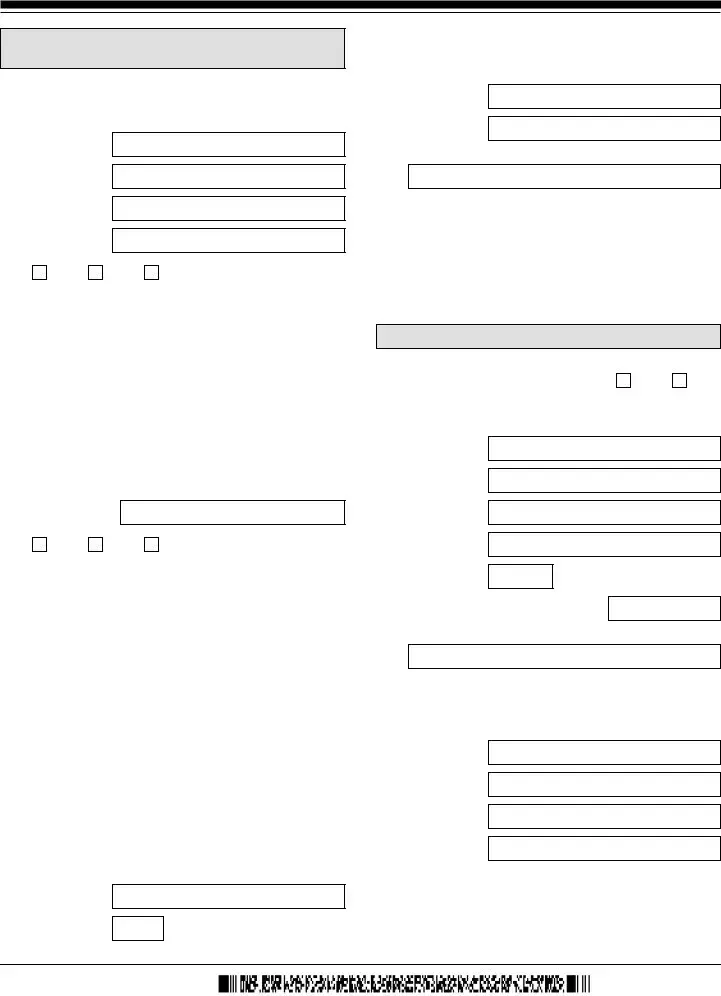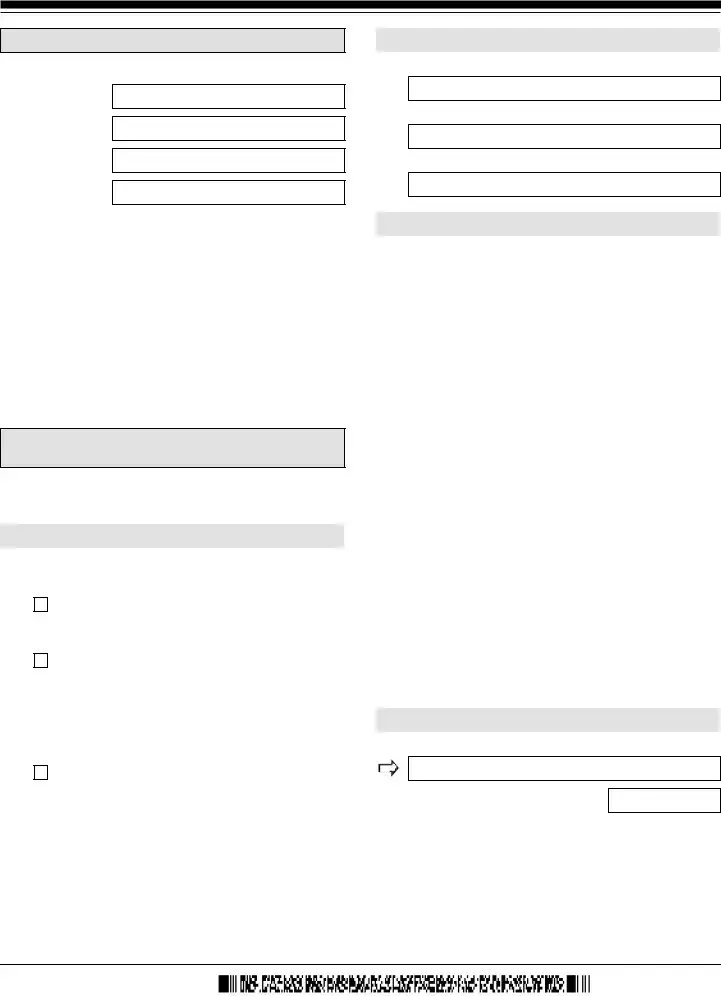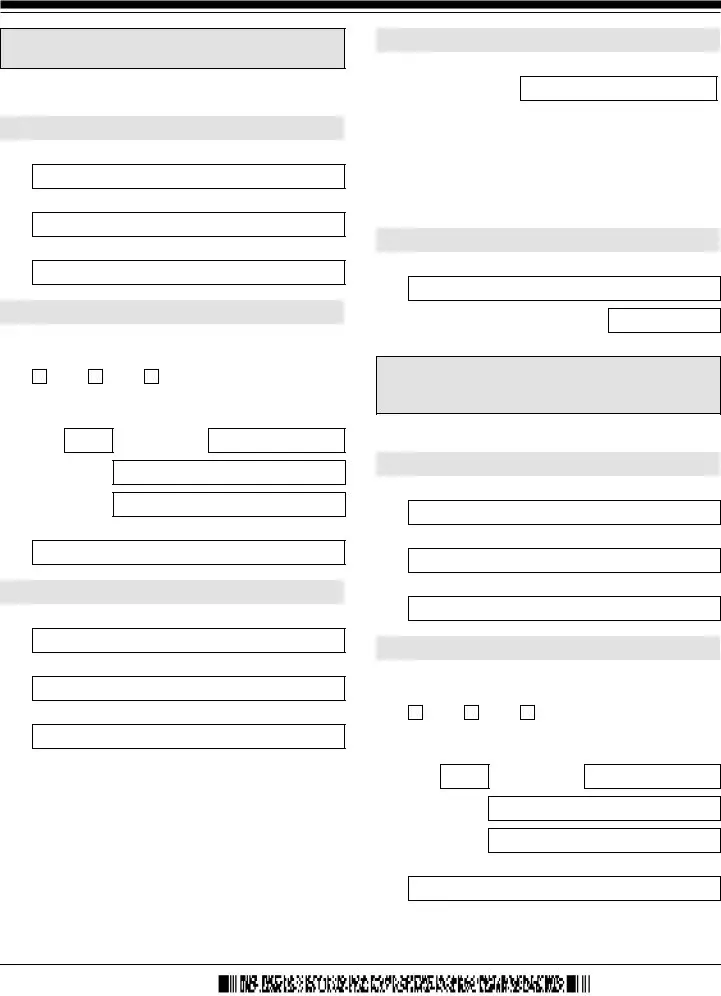Part 5. Other Information (continued)
Relative 2
8.a. Family Name
(Last Name)
8.b. Given Name
(First Name)
8.c. Middle Name
9. Relationship
WARNING: USCIS investigates the claimed relationships and verifies the validity of documents you submit. If you falsify a family relationship to obtain a visa, USCIS may seek to have you criminally prosecuted.
PENALTIES: By law, you may be imprisoned for up to 5 years or fined $250,000, or both, for entering into a marriage contract in order to evade any U.S. immigration law. In addition, you may be fined up to $10,000 and imprisoned for up to 5 years, or both, for knowingly and willfully falsifying or concealing a material fact or using any false document in submitting this petition.
Part 6. Petitioner's Statement, Contact Information, Declaration, and Signature
NOTE: Read the Penalties section of the Form I-130 Instructions before completing this part.
Petitioner's Statement
NOTE: Select the box for either Item Number 1.a. or 1.b. If applicable, select the box for Item Number 2.
1.a. |
I can read and understand English, and I have read |
|
and understand every question and instruction on this |
|
petition and my answer to every question. |
1.b. |
The interpreter named in Part 7. read to me every |
|
question and instruction on this petition and my |
|
answer to every question in |
|
|
, |
|
|
|
|
a language in which I am fluent. I understood all of |
|
this information as interpreted. |
2. |
At my request, the preparer named in Part 8., |
|
|
, |
|
|
|
|
prepared this petition for me based only upon |
|
information I provided or authorized. |
Petitioner's Contact Information
3.Petitioner's Daytime Telephone Number
4.Petitioner's Mobile Telephone Number (if any)
5.Petitioner's Email Address (if any)
Petitioner's Declaration and Certification
Copies of any documents I have submitted are exact photocopies of unaltered, original documents, and I understand that USCIS may require that I submit original documents to USCIS at a later date. Furthermore, I authorize the release of any information from any of my records that USCIS may need to determine my eligibility for the immigration benefit I seek.
I further authorize release of information contained in this petition, in supporting documents, and in my USCIS records to other entities and persons where necessary for the administration and enforcement of U.S. immigration laws.
I understand that USCIS may require me to appear for an appointment to take my biometrics (fingerprints, photograph, and/or signature) and, at that time, if I am required to provide biometrics, I will be required to sign an oath reaffirming that:
1)I provided or authorized all of the information contained in, and submitted with, my petition;
2)I reviewed and understood all of the information in, and submitted with, my petition; and
3)All of this information was complete, true, and correct at the time of filing.
I certify, under penalty of perjury, that all of the information in my petition and any document submitted with it were provided or authorized by me, that I reviewed and understand all of the information contained in, and submitted with, my petition, and that all of this information is complete, true, and correct.
Petitioner's Signature
6.a. Petitioner's Signature (sign in ink)
6.b. Date of Signature (mm/dd/yyyy)
NOTE TO ALL PETITIONERS: If you do not completely fill out this petition or fail to submit required documents listed in the Instructions, USCIS may deny your petition.
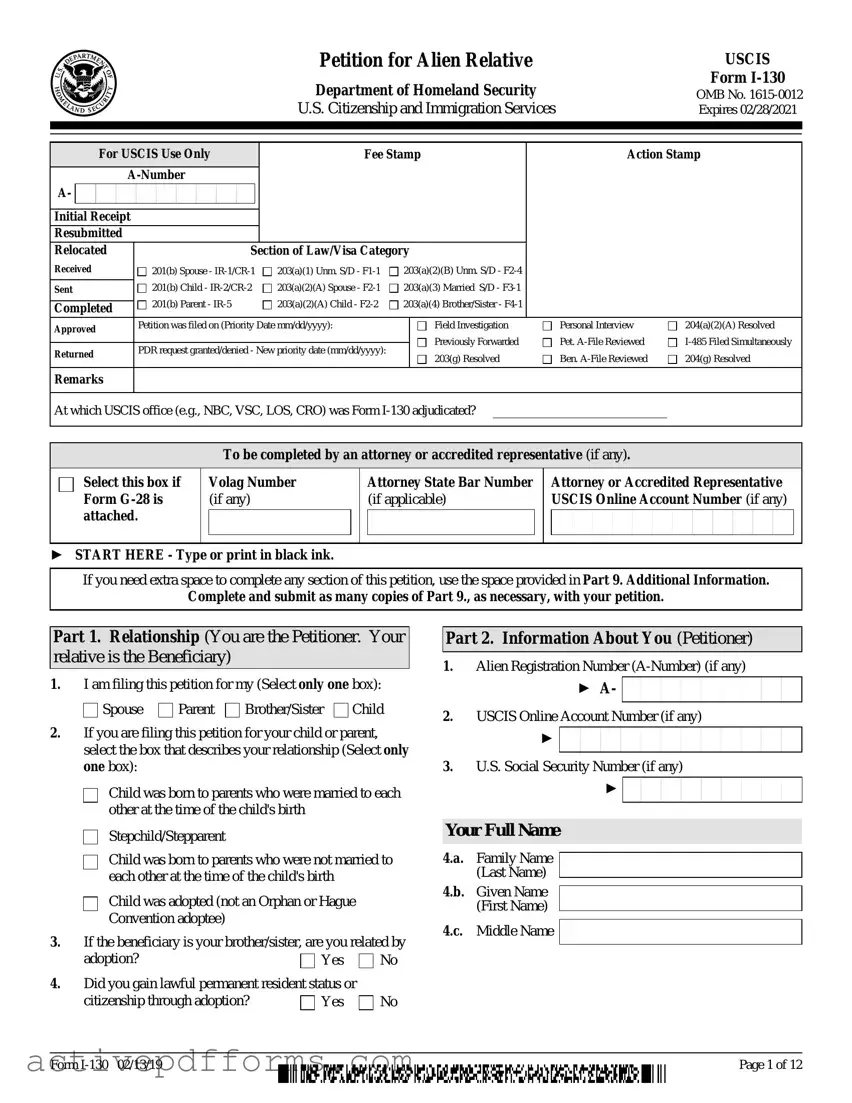
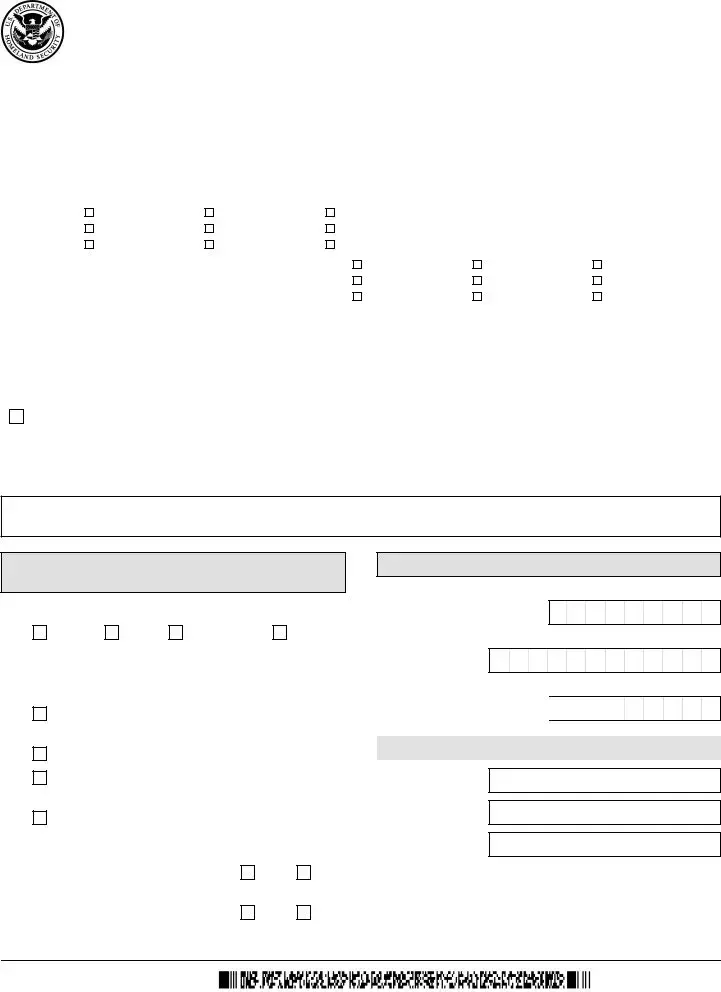




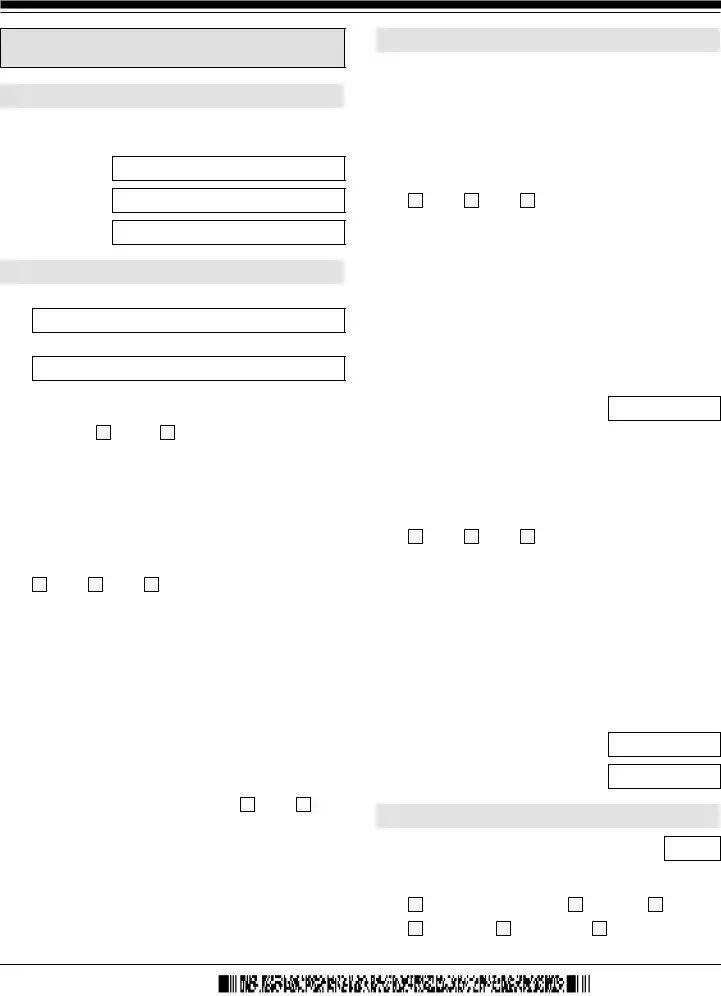


 Birth in the United States
Birth in the United States
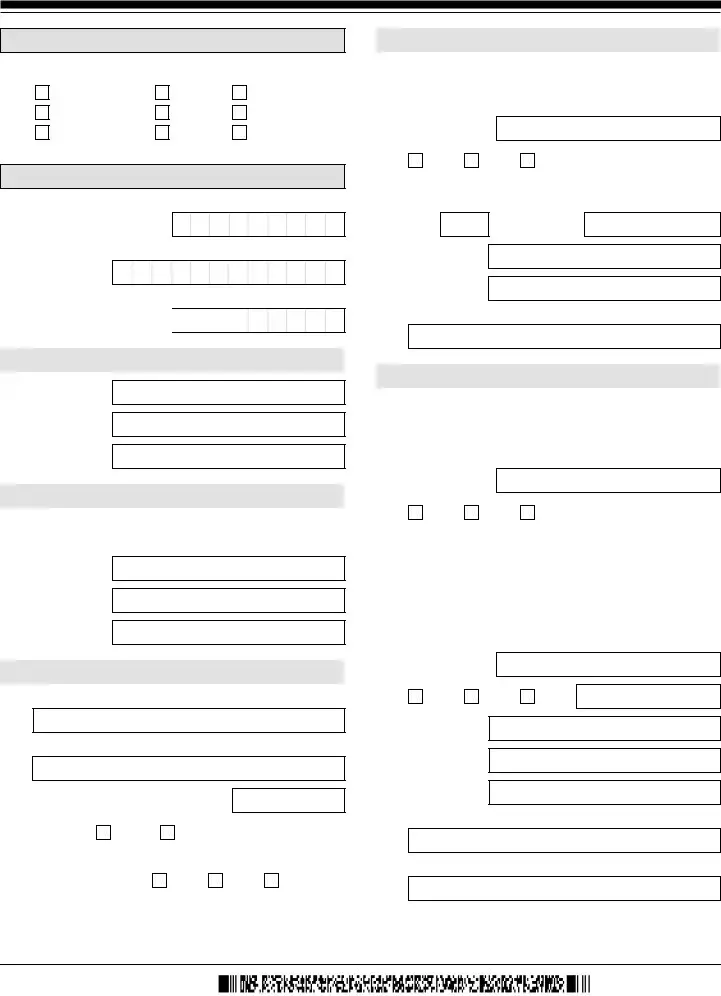







 No
No Yes
Yes  No
No